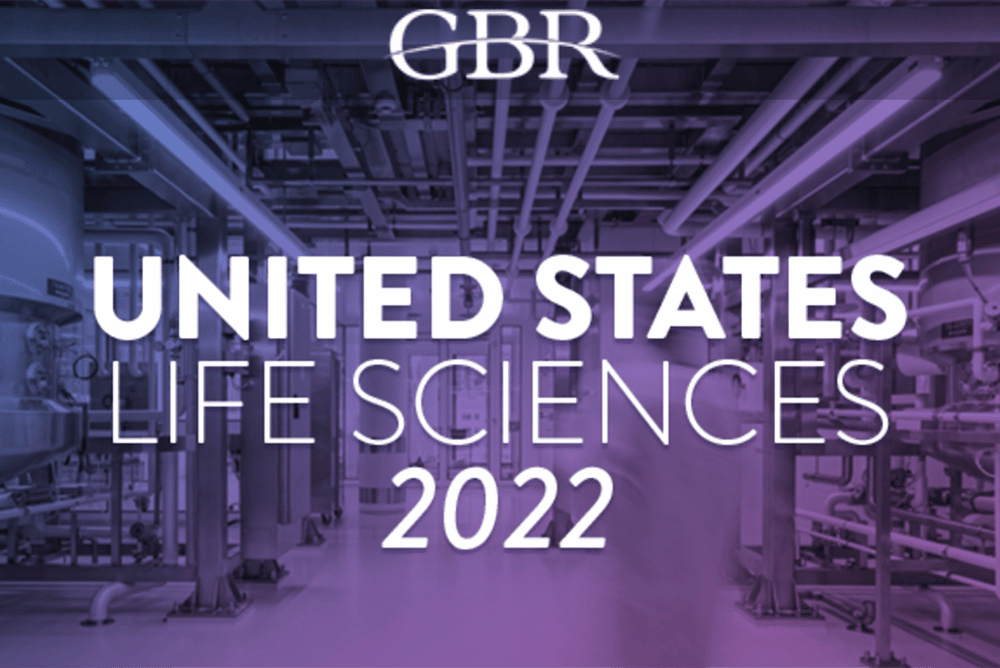Global Business Report (GBR) have recently published “United States Life Sciences 2022” Report. It was published in partnership with BioNJ, Biocom California and CPHI. Jo Halliday ,CEO was asked to contribute to the report on the transformational opportunity to use AI in tracking the real world patient voice. The Report highlights that “Despite their cutting-edge prowess in many other regards, pharma companies in large part lagged behind other industry peers in the adoption of cloud technology and other emerging tools mainly due to concerns over data privacy”.
The full report can be found here
The excerpt on AI in Life Sciences can be found below:
According to Jo Halliday, CEO, the pharma industry spends US$30 billion annually on marketing but has shockingly low accountability for measuring returns. She believes her company’s platform offers the most comprehensive and organic way to gain insight into this. “The alternative means of collecting this information would be through running a research group, which has inherent bias because one person’s opinion can sway the whole group,” explained Halliday. “The data Talking Medicines sources is more representative because it draws from larger, disparate populations. We are also able to see if there are certain outliers, particularly a select few people who post a disproportionate amount.” From deriving actionable meaning from online support group comments to streamlining manufacturing operations, the applications of AI within the life sciences are boundless. Of course, there is still significant room for growth.
GBR Report on United Staes Life Sciences 2022. https://projects.gbreports.com/united-states-life-sciences-2022/life-sciences-go-digital
“The use of AI in data analysis will expand significantly to improve early detection across a variety of diseases, as it has in oncology,” posited Olga Potapova, founder, CEO and scientific director of Cureline, a global translational and precision medicine CRO that provides biobanking and laboratory services. “Unlike tech companies, however, the biomedical field has yet to fully capitalize on advances in AI and machine learning that can combine the specimens, conduct populational studies, and develop predictive models to understand the best and most economically viable approach.” According to Potapova, her company has completed over twenty large projects for companies seeking to harness the power of AI in this manner.
Overall, companies are springing up to take advantage of current industry needs, both in clinical and operational settings. This is paving the way for a world in which the use of artificial intelligence is not revolutionary, but rather expected. It is likely that within a decade we will think of companies using AI in the same way we think about how companies are harnessing the power of the internet – we do not and simply take it for granted.




